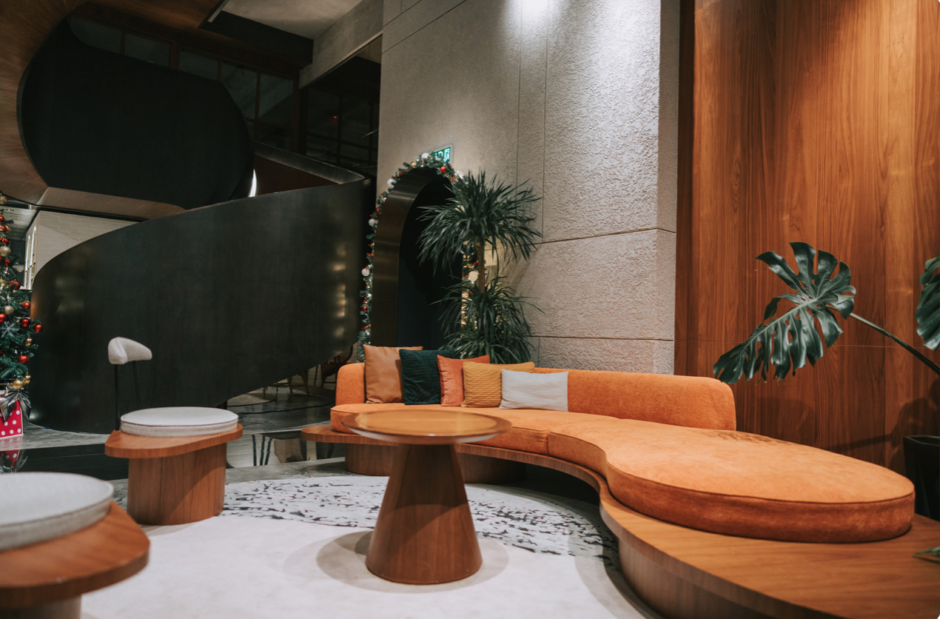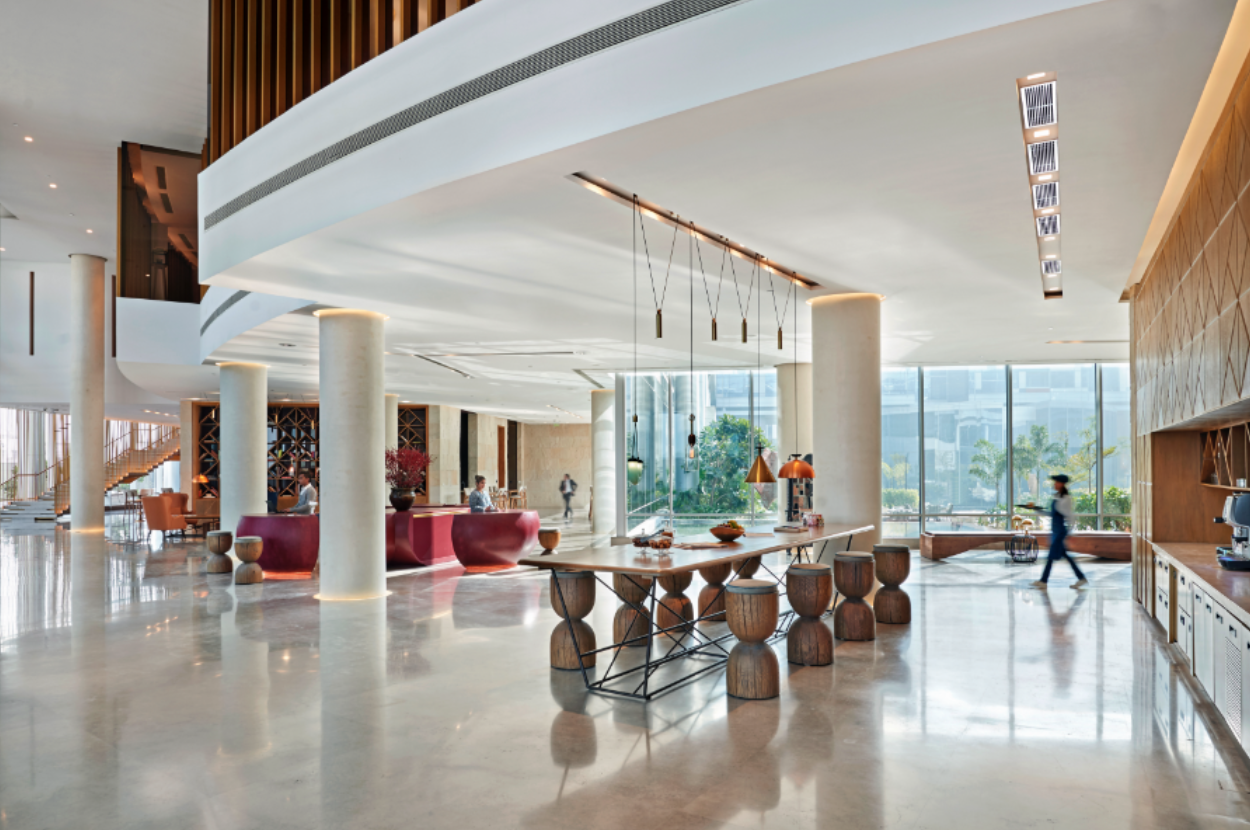Exploring Hyper-Local Design Trends in Hospitality: Adapting to Evolving Guest Preferences
For many years, hotels have provided a comfortable haven for travellers, offering a home away from home. Luxury hotels, in particular, have attempted to pamper their guests with excellent service and ambience. Traditionally, hotels have strived for excellence by providing a seamless and meticulously orchestrated experience while keeping the inner workings hidden from view, something that has over time been embraced by five-star hotels and well-known global chains.
However, cultural expectations have shifted away from a desire for a familiar, home-like experience and towards a desire for the extraordinary and unexpected. Therefore, the traditional hotel room can no longer quench the modern traveller’s thirst for novelty.
We spoke to Ewald Damen, Creative Director and Managing Partner of Virgile and Partners, about the rise of hyper-local design in luxury hospitality and how cultural authenticity is becoming a driving force in this industry.
How has the shift in cultural expectations affected the traditional concept of luxury hotels and the way they cater to modern travellers?
Cultural shifts have significantly altered luxury hotels’ approach to modern travellers. In the past, hotels used to strive to provide a seamless and homely experience, but today’s travellers want something more unique and out of the ordinary. The rise of boutique hotels marked a watershed moment in which guests began to value uniqueness over loyalty to established chains.
These changes have been fueled by easy access to information via platforms such as social media, which has fostered individualism and a more experiential approach to travel. Sustainability, local experiences, and cultural immersion have dominated the luxury hospitality landscape, transforming it into a synthesis of cultural richness, sustainability, and community engagement.
Could you explain the concept of hyper-local design in luxury hospitality and how it differs from the traditional approach to hotel design?
In luxury hospitality, the hyper-local design places a strong emphasis on the hotel’s specific location and culture, creating a truly unique and authentic experience for guests. Unlike the traditional, cookie-cutter approach to design, hyper-local design incorporates local materials, art, and history.
Furthermore, sustainability is important, with a focus on using locally sourced, eco-friendly materials. This approach fosters a stronger bond between guests and their surroundings, making the hotel an essential component of the overall travel experience. Importantly, this trend is not limited to independent boutique hotels; multi-brand hotels are also embracing it.
In what ways has cultural authenticity become a driving force in the luxury hospitality industry, and what impact does it have on the guest experience?
Cultural authenticity has emerged as a powerful force in luxury hospitality, significantly enriching the guest experience. It encourages deeper engagement, distinguishes hotels in a competitive market, and boosts guest satisfaction by offering truly authentic and culturally immersive experiences.
Can you provide some examples of how luxury hotels are incorporating hyper-local design and cultural authenticity to create more unique and memorable guest experiences?
Examples include the Annamaya Restaurant at the Andaz New Delhi, Greece’s Santorini Grace Hotel, and the Maldives’ Soneva Fushi. Each of these establishments incorporates local elements seamlessly to provide guests with an authentic and memorable experience that is deeply rooted in their respective locales.
What challenges do luxury hotels face when trying to balance cultural authenticity with the desires of modern travellers seeking novelty and the extraordinary?
The challenges of striking this balance are multifaceted. They include the need to maintain authenticity while introducing novelty, avoiding cultural appropriation, ensuring a consistent level of luxury across diverse settings, conducting meticulous market research to meet evolving traveller expectations and harmonising sustainability practises with cultural richness. Balancing these elements is an intricate but rewarding endeavour in the luxury hospitality industry.
So what does the future hold for luxury hospitality?
The hospitality industry’s future promises dynamic transformations to meet changing consumer expectations. Technology will be at the forefront, integrating AI and automation for contactless services and personalised experiences. Sustainability will become even more important as hotels adopt eco-friendly practices and demonstrate their commitment to environmental responsibility. The concept of space will evolve, with remote workers and digital nomads benefiting from flexible arrangements for work, leisure, and social gatherings.
Cultural authenticity and hyper-local experiences will continue to grow in popularity, immersing visitors in the local culture through unique culinary offerings, art, and activities. Well-being will be a standard feature, with hotels providing fitness facilities, wellness programmes, and healthy dining options. Personalisation will be key, using guest data to tailor services and amenities to individual preferences. Safety and hygiene protocols, accelerated by the pandemic, will remain a priority, with ongoing advancements in sanitation and contactless services. Lastly, hotels will deepen their connections with local communities, engaging in partnerships and initiatives that benefit both guests and residents.









